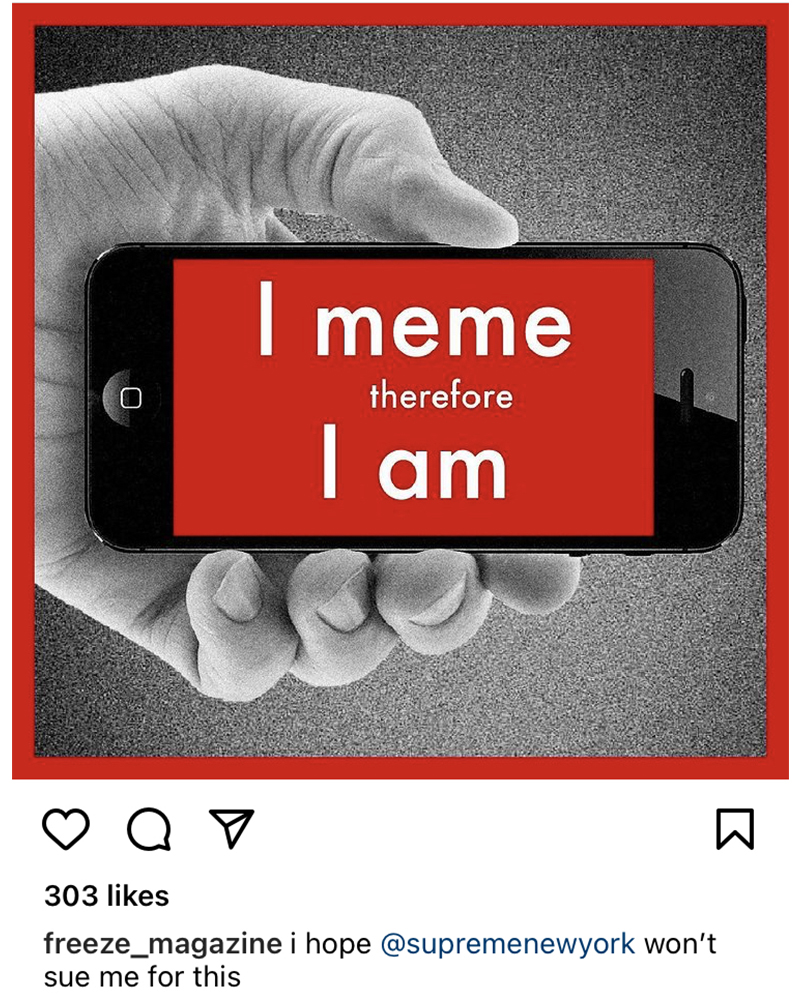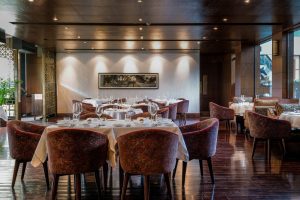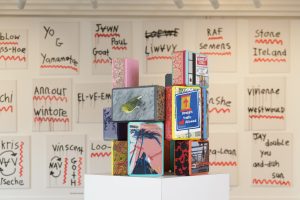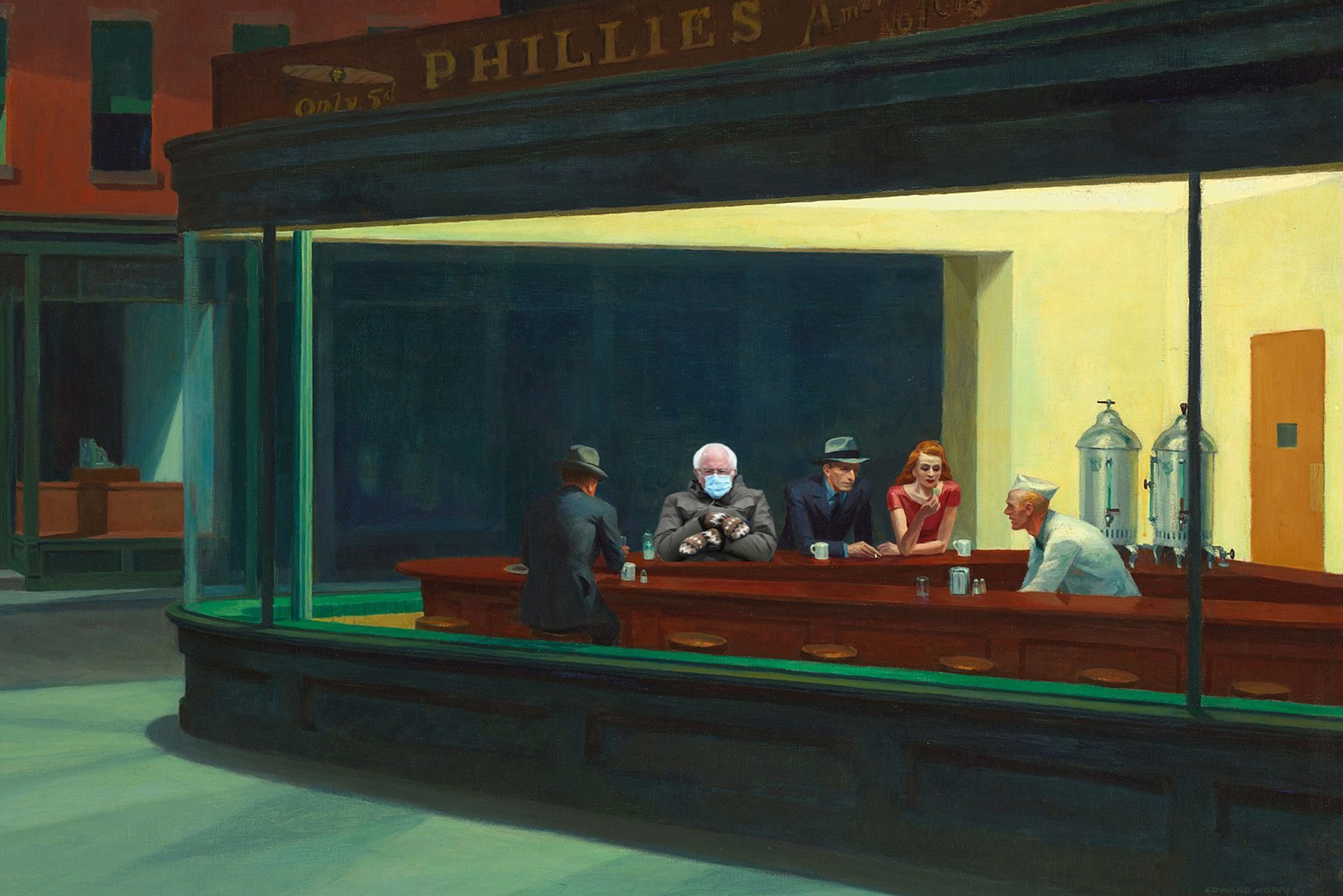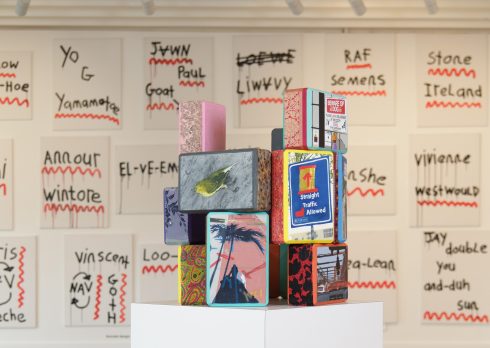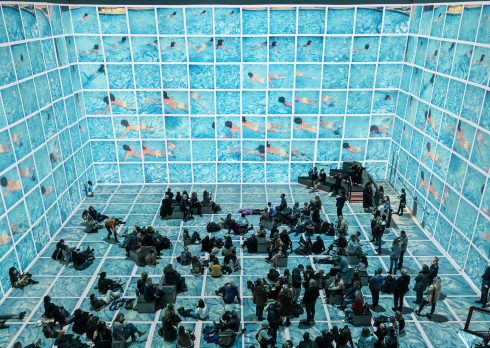The Relevance Of Meme Accounts In An Increasingly Virtual Art World
“Humour makes criticism less confrontational and more constructive,” the creator of the popular meme account Freeze Magazine tells Design Pataki. Constantly straddling the line between decline and revival, art criticism is constantly being pushed out of mainstream journalism and into alternative and independent forms. Often competing for attention and readership with social media platforms, Yelp and Youtube reviews, it can seem almost impossible to imagine someone sitting down to read an 800 or 1000-word essay critiquing an exhibit or the new artistic collaboration. To add salt to that injury, when nearly every country in the world went in and out of lockdown last year (and some still continue to this year), many museums and galleries that were forced to go virtual only added to this long list of websites competing for a reader’s attention. Design Pataki spoke to creators behind some significant art meme accounts about their influence and role in the contemporary art world as critics.
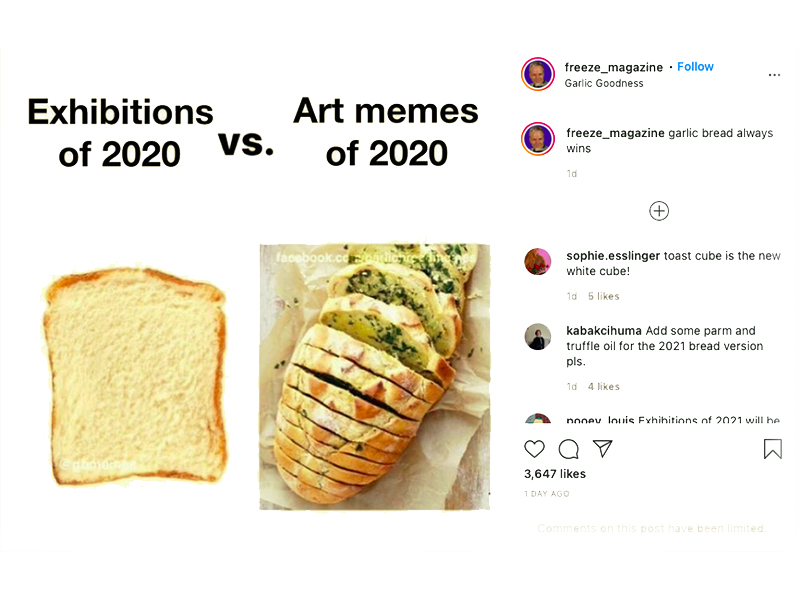
The meme in the image above, taken from Freeze Magazine, sums up perfectly the way in which art meme accounts gained a much larger following in the pandemic. From memes questioning the purpose of art to the poorly designed economic models in museums, these accounts are merciless. A decade ago, it would have been groundbreaking work for any art critic to write about these failures, challenge the status quo, or make snarky remarks about curators and museum management. Art memes have very gently and with a ferocity taken over that role. Accounts like Freeze Magazine and Jerry Gogosian are in some ways trying to lower barriers and the invisible class and privilege boundaries in the art world by letting people in on private jokes being made at the expense of artists and galleries.
“Using social media allows you to communicate with a truly international audience and advocate for minorities where possible. Having a social media platform with a huge follower base amplifies the influence of these messages during this period where the physical art world came to a standstill,” says Freeze Magazine. Ironically because of their increased popularity and apparent access, they have themselves reinforced the same things they make fun of by validating them in their memes. It sounds a bit meta but that’s the end goal over here. “The art world takes itself very seriously and because of that memes serve a different purpose in the art world than they may do in other fields. It does not only decrease the stakes, if you will, in criticising larger institutions for the creators who make the memes but also allows more people to share those memes and show their support without fearing of their repercussions,” adds Freeze Magazine.
Take for instance Jerry Gogosian, a play on art critic Jerry Saltz and blue chip gallery Gagosian that went from making crude inside jokes to eventually using their platform to calling out a sexual predator. This growth and evolution is worth noting because it’s only with a large following that one is able to get away with jokes that reveal the ugly insides of the elite art world. It isn’t that we don’t know how things work and neither are we naive, it just seemed polite (at first) to not spill the tea the way Jerry Gogosian has done in the past.
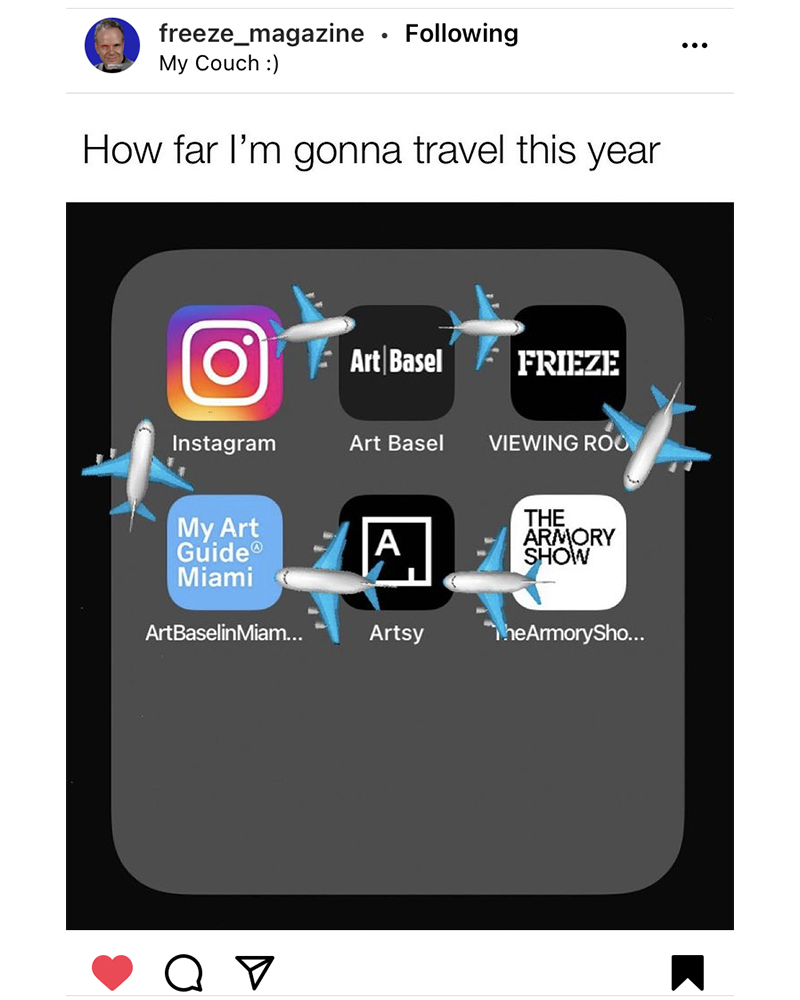
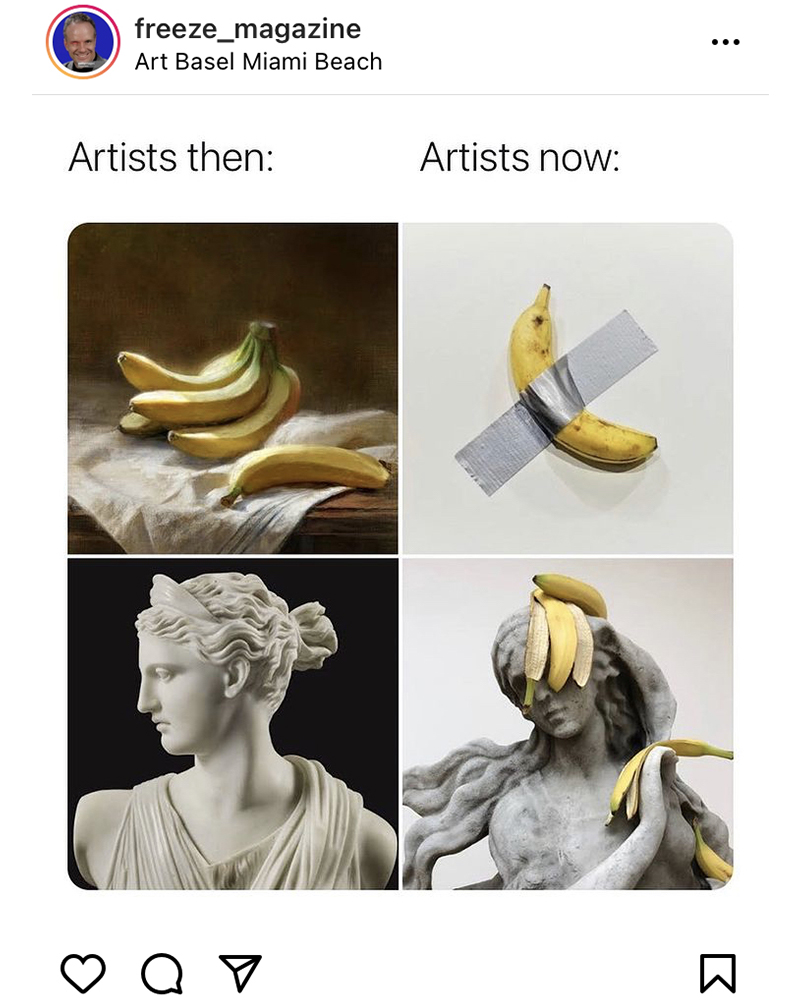
Sometimes artists, curator, collectors and even critics find themselves learning a secret or understanding something that was previously a mystery to them. It’s like being schooled on the etiquettes and nuances of the art world that no amount of time in an art school will teach you. The second kind of meme accounts are educational and have undertones of activism attached to the likes of Brad Troemel or The White Pube. By using social media platforms and treating the whole premise of making memes as an alternative form of criticism that then becomes a work of art. The White Pube run by two young women who alternate between memes and long form criticism in a conversational tone. Several of their pieces have heavy undertones of a sense of moral right and responsibility to represent, to not token artists of color or force artists to confront their inherent privilege.
In this pandemic, a barrage of memes were made that accurately described life in lockdown. They were hauntingly similar to portraits from living rooms and dining halls of the romantic era. This brings us to the third and final kind of meme accounts. These are the simple and straightforward ones like God of Art Memes whose primary goal is to entertain and revisit old art works. By superimposing contemporary contexts and conversations into European art from the Renaissance period, this account tries to make paintings relevant again. In fact, the creator of God of Art Memes tells us about positive messages they’ve received about followers visiting museums for the first time after discovering these memes that animate paintings in a relatable manner. “I’ve seen so much positive impact due to my account and work, on discussions around art. Almost 80% of my audience lies between the ages of 18-25 years and this is the age group that generally tends to find art ‘boring’. But I believe my memes have helped make art interesting for people in this age group and make it seem more relatable to them,” says the creator of God of Art Memes.
